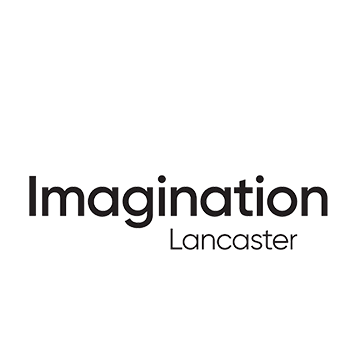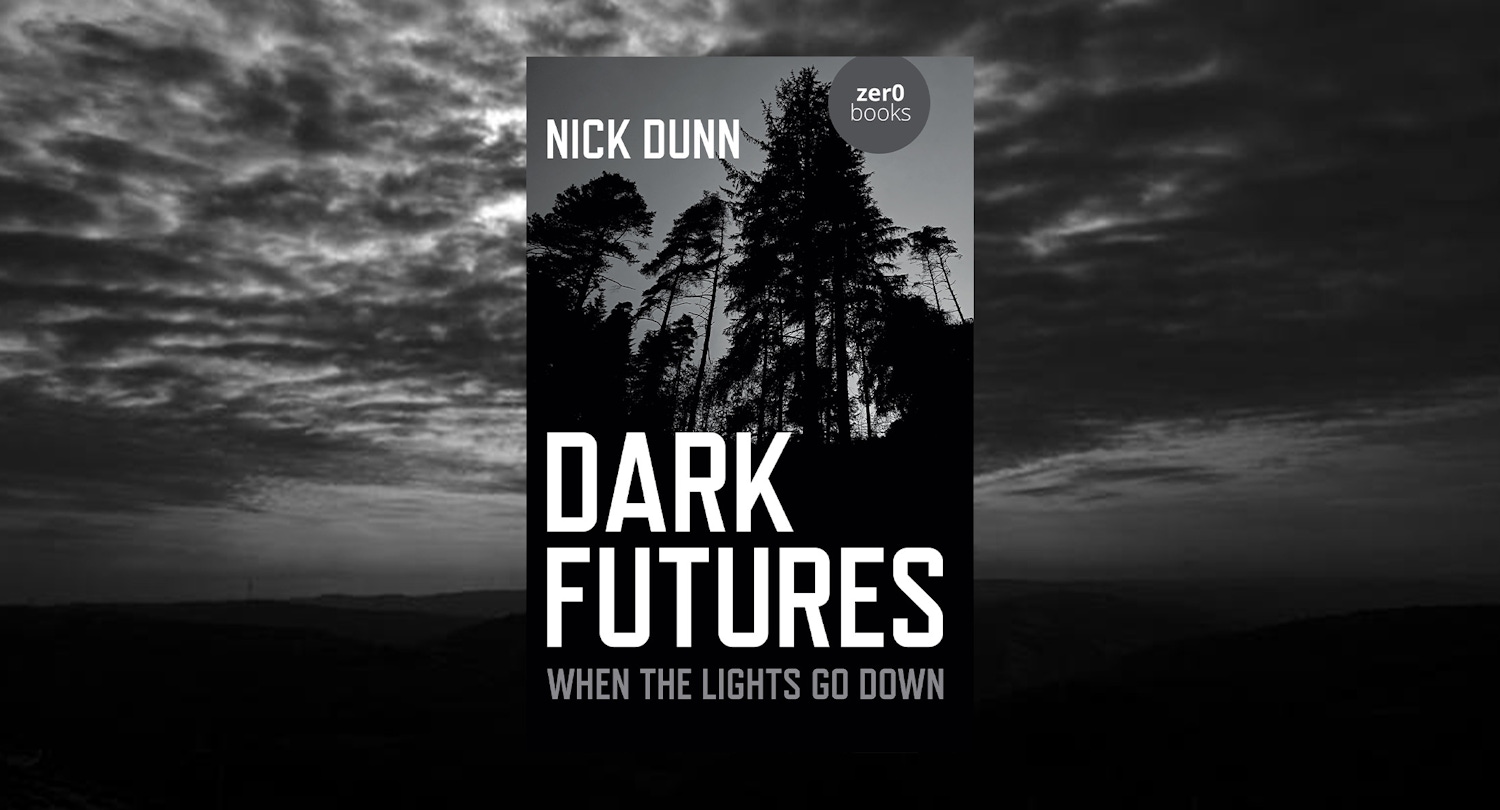Many people are familiar with the idea of greening cities, which involves developing and enhancing urban green spaces. But what if we to start talking about darkening cities in a similar way?
Professor Nick Dunn says we would be able to reach important goals in relation to biodiversity, health and well-being of humans and nonhumans, and climate objectives.
Imagine a whole new world of effective shared living where we listen to our natural rhythms instead of fighting against them and we tackle light pollution so we can all see the stars at night.
Ditching urban lighting as we know it and designing buildings to be nocturnal, says Professor Dunn, will be beneficial for ourselves and the planet.
The founding director of Lancaster University’s Dark Design Laboratory, Professor Dunn says light, an often-uninvited by-product of our contemporary lives, is everywhere. Meanwhile darkness appears unwanted, but is essential to our wellbeing, other species, and our planet.
In ‘Dark Futures: When the Lights Go Down’, Professor Dunn presents a challenging new constraint-free way of thinking about the world in which we create more darkness than light.
“So, what might happen when the lights go down?” asks Professor Dunn. “And how bright should our future be?”
“We dream in darkness. Yet light is everywhere, blazing its way through our lives and thoughts. Our world has more artificial light in it than ever before.”
“We urgently need new ways to think of futures to save the planet, other species, and ourselves.”

